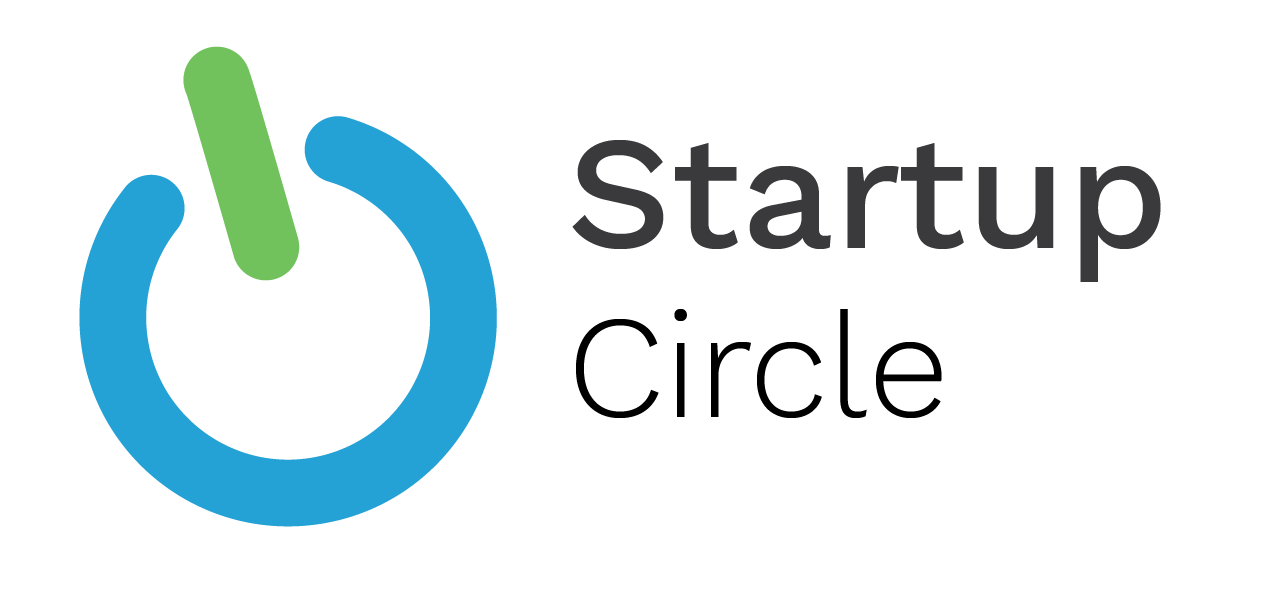1. Lean Startup
We used to think that startups were just smaller versions of large companies. However, Lean Startup says otherwise. The central premise of Lean Startup is that startups are not just smaller versions of large companies – just as children are not just smaller versions of adults. That children are fundamentally different from adults seems obvious to us now, but that hasn’t always been the case.
In 2009, Steve Blank, a serial entrepreneur was contemplating about a lifetime of working with startups, and he came to a realization:
"So what is it that makes some startups successful and leaves others selling off their furniture? Simply this: startups are not small versions of large companies. Yet the processes that [failed] early-stage companies were using were identical to that of large corporations. In hindsight it appeared clear that startups that survive the first few tough years do not follow the traditional product-centric launch model … In particular, the winners invent and live by a process of customer learning and discovery. It’s a process that doesn’t exist in large companies with existing customers and markets. But it is life and death for a new venture.
I call this process “Customer Development,” a sibling to “Product Development,” and each and every startup that succeeds recapitulates it, knowingly or not."
Steve Blank, Feb 23, 2009
the Traditional Startup Model
The traditional model follows the model that larger companies use for their own product development and innovation process. Create a plan, develop the product, test, and launch.
Many startups, even today, are easily recognizable as corporate Mini-Me’s – smaller versions of their larger counterparts. Even if it is just one person in their garage, they mentally segment the work they do into ‘Product Development’, ‘Marketing’, ‘Sales’, ‘IT’, ‘Operations’ departments. And why not? Newly-minted entrepreneurs find that it is gratifyingly easy to create Mini-Me versions of the larger companies that they have previously worked in.
I’ve written about my own experience of how to start a business in this way. TL;DR – Don’t do what I did.
IT’S EASIER THAN EVER TO START A SMALL ‘BIG’ COMPANY
Need a Sales department?…then subscribe to a single-seat Salesforce license. Need Marketing? …then build a website on Wix or WordPress. Add a Facebook page and a Twitter handle, and a few ‘boosts’ later, you have a Marketing department. Similarly with IT, Product Development, and Operations. They can all be had more easily and cheaply than ever before. A domain from Godaddy, an email account from MS Exchange 365, development on Heroku, cloud-based infrastructure from Azure or AWS. All of a sudden you are marshaling the power of multi-million-pound datacenters and huge development teams.
For tiny fractions of what actual employees would cost, you can staff your departments with armies of workers. Need office staff for your company? Amazon Turk, Fiverr, Toptal, and a host of freelance and gig workers are instantly at your fingertips. Want to avoid the hassle completely? Fractional outsourcing of entire functions to huge companies like Amazon or UPS and your logistics problems are solved instantly,
For a couple of hundred pounds a month you can easily reproduce the trappings of your previous corporate life without leaving your conservatory. Heck, most days you don’t even need to get dressed.
Oh, and something else too. Money. Lots and lots of money. If starting a company has never been cheaper, there had also never been a time when money was more freely available. The financial meltdown of 2008 created a period of low, even negative interest rates. A huge concentration of capital was left looking for somewhere to go. Who needs a profitable business or even a paying customer when there is an investor born every minute?
LEAN STARTUP & CUSTOMER DEVELOPMENT
An organization that is following a ‘Customer Development’ approach is one that is optimized to uncover a problem worth solving, for a group of people willing to pay for it. They are trying to find a customer, not build a product. Steve Blank defines a startup as “…a temporary organization designed to search for a repeatable and scalable business model”. A robust customer acquisition engine is the heart of any successful business model. The process that Lean Startup uses to discover and build such an engine is a process of experimentation and validated learning. It’s a series of incremental discovery, combined with discontinuous pivots.
A startup is a temporary organization designed to search for a repeatable and scalable business model
Steve Blank
MARKETING IS EVERYTHING
Identifying and reaching a customer is much more important than developing a product or service. If the problem the customer has is one side of the coin, and your product is the other, then the customer is the coin itself. ‘Real’ startups as such only really have one ‘department’ or function – and that is Marketing.
Marketing is the generous act of helping someone solve a problem. Their problem. Marketing helps others become who they seek to become.
Seth Godin.
All this is marketing
- Customer discovery
- Problem identification
- Solution development
- Inbound & outbound attraction
- Sales and funnel conversion
- Market growth and product scaling
If you have unconsciously built your startup around a traditional, Mini-Me paradigm, you will have created a structure that inhibits customer discovery. Unless your product isn’t very innovative, large-company thinking will subtly yet emphatically prevent you from finding and building a truly successful business model.
This article introduced the concepts behind Lean Startup. In the next article we’ll dive a little deeper into the differences and implications of Customer versus Product development.
Other Articles In This Series
Schedule a free consultation
0Paul Osborn
07930 150 888
(c) 2021 Startup Circle


